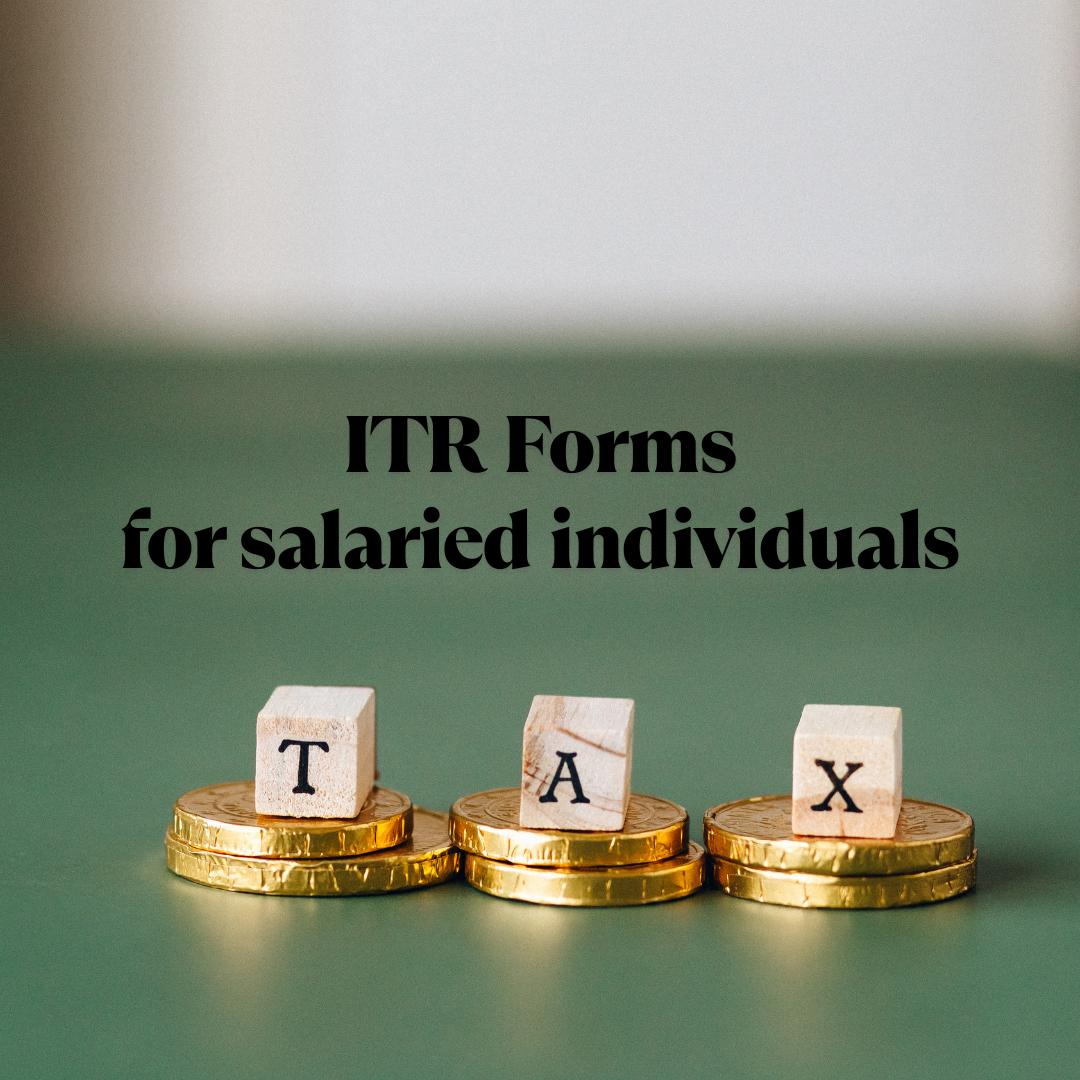Latest News

A quick guide for changes in the ITR forms (salaried individuals)
Important Note: The CBDT has pushed the ordinary deadline for most individuals from 31 July to 15 September 2025 for ITR form filing for FY 24-25.
Reference points to understand the ITR form applicability:
ITR-1 (Sahaj): Individuals falling in the below mentioned category can use ITR Form 1 to file their ITR:
- Resident individuals with income ≤ ₹50 lakh from salary
- Income from one house property
- Other sources income (except winning from lottery and race horses)
- Income from agriculture sources not exceeding Rs.5,000
- Individuals earning long term capital gain of Rs.1,25,000 or less with no carry-forward losses on the sale of listed equity shares, equity-oriented mutual funds.
ITR-2: Individuals / HUFs with capital gains or foreign income but no business income.
- Resident individuals with income more than ₹50 lakh from salary
- Income from two house property
- Other sources income (including income from winning from lottery and race horses)
- Individuals earning short term gains and long term gain more than Rs.1.25 lakhs
- Income from foreign assetsAgricultural income of more than Rs.5,000
Other changes in ITR form from FY 24-25:
- Actual Aadhaar number is required to file ITR in place of Aadhaar Enrollment ID.
- Additional box added for capital-gains post 23 July 2024. There are different boxes for sales before and after the budget change date.
- Exact TDS section required to claim credit on non- salary income, like bank FD interest, etc.
- Individuals claiming deduction under section 80C / 80 D will need the policy number, policy amount, insurer details to file ITR.
- Individuals claiming deduction under section 80E / 80EE / 80EEA / 80EE will need the loan account details to file the ITR.
- Individuals claiming deductions under Section 80DD / 80U now need disability certificate acknowledgement number to file ITR.
- Individuals claiming deduction under section 80DDB will need the disease name and other details to file the ITR.
- High income individuals will need to submit the Asset and Liability schedule if the income is more than Rs.1 crore.
How to choose between new and old regime:
The New Regime, now the default regime, offers lower, no-exemption slabs; the Old Regime lets you take the benefit of deductions.
Salaried individuals may toggle between the old and new regime each year, calculate the tax using both the regime and choose the one which is beneficial.
Points to remember:
- Update personal profile, link PAN and Aadhaar if not done, fetch pre-filled data, confirm tax-regime choice.
- Reconcile AIS & Form 26AS- Pay special attention to TDS sections for bank interest, etc.
- Capital-gains worksheet- Segregate each sale by date of transfer (before / after 23 July 2024) to avoid mismatch notices.
- Collect proof for every deduction – Policy numbers, loan sanction letters, disability-certificate IDs, disease names- it is now required to mention these details in the ITR form.
- Pay self-assessment tax in time to avoid any interest penalty.
